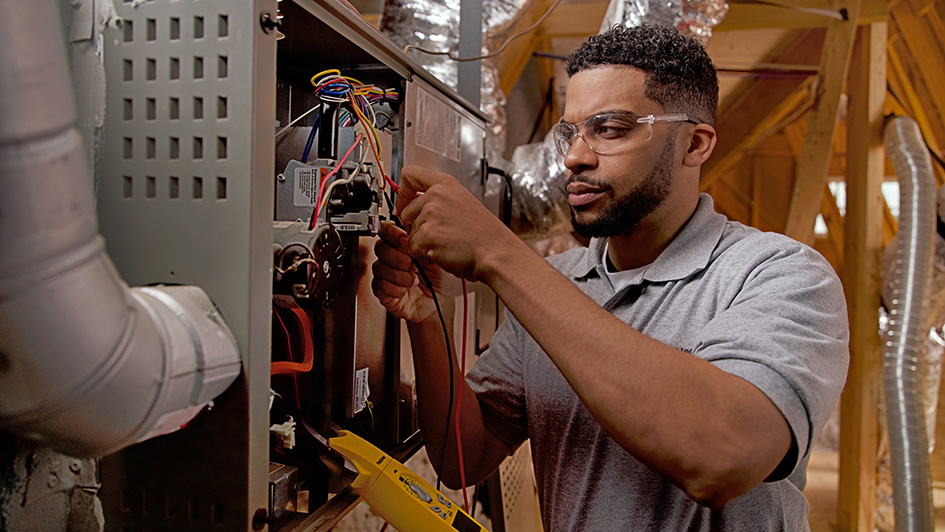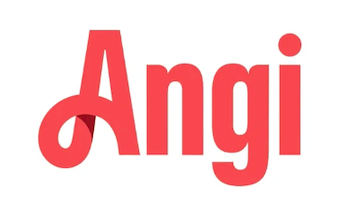
A furnace is often a background player at home, keeping you warm in the cold winter months. It often won't be noticed until something breaks down.
One cause could be that your furnace has a cracked heat exchanger. It’s a potentially dangerous issue, so it’s critical to learn the signs of a cracked heat exchanger and what you can do if you are worried that may be the problem.
What Is a Heat Exchanger in a Furnace?
A heat exchanger helps move heat from the combustion chamber of your furnace to the air that moves through the system. It usually does this using coils or tubes that warm the air while functioning as a barrier to keep the gasses produced in the combustion chamber, called flue gasses, from leaking out into your home.
Is a Cracked Heat Exchanger Dangerous?
Thanks to its central role, it shouldn't come as a surprise that a broken heat exchanger can be hazardous. Cracks in the heat exchanger can allow dangerous gasses – including carbon monoxide, which can be lethal – to circulate through your home.
For that reason, don't ever run your heater if you suspect it has a cracked heat exchanger, as letting it run could make your entire household ill. Reach out to an HVAC professional immediately if you are worried your furnace has a cracked heat exchanger that needs repair.
Four Warning Signs of a Cracked Heat Exchanger:
- Furnace switches off: Cracks in the heat exchanger can cause your furnace to turn off.
- Odd Smells: If the air leaving your furnace has a powerful chemical odor, it could be evidence gas is leaking through cracks in your heat exchanger. These gasses, which may smell like formaldehyde, are a common warning sign.
- Carbon monoxide alarm is triggered or you recognize health problems: If a cracked heat exchanger is releasing carbon monoxide into your home, your carbon monoxide alarm could go off or household members could struggle with signs of carbon monoxide poisoning. Complications include headaches, dizziness, weakness, nausea, vomiting or feeling drowsy. If the alarm goes off or you feel unusually tired, exit the home immediately and then call for help.
- Soot: If you find black sooty buildup on the exterior of your furnace, it’s an indication something could be seriously wrong.
What to Do if the Furnace Heat Exchanger is Cracked
If you suspect your furnace has a cracked heat exchanger, contact a professional with extensive experience in furnace installation Hendersonville as soon as possible so they can examine your system and, if necessary, start a furnace heat exchanger replacement. Costs often vary depending on the situation, but estimates run in the neighborhood of $1,000 to $3,000.
Estimates aside, the good news is that heat exchangers are generally included in the warranty. You should review the warranty paperwork on your furnace, since while the warranty may not cover the entire cost of repairs, it still may significantly reduce your bill.
How to Prevent a Cracked Heat Exchanger in Your Home
One of the easiest ways to minimize the risk of problems in your furnace overall is with consistent furnace maintenance. Furnaces work the best when they work efficiently. Hiring a skilled professional to examine your furnace for broken-down parts, clogs in the air filters and other likely problems can keep you from getting a big bill later on.
It’s also beneficial to review your furnace filters every few months – it’s recommended some filters be swapped out every 90 days or sooner if they are dirty or grimy. While the filters are not part of the heat exchanger itself, the strain of dragging air through a clogged filter makes the entire furnace work more vigorously to accomplish its job. And the harder your furnace needs to run, the more deterioration parts like the heat exchanger will endure.

